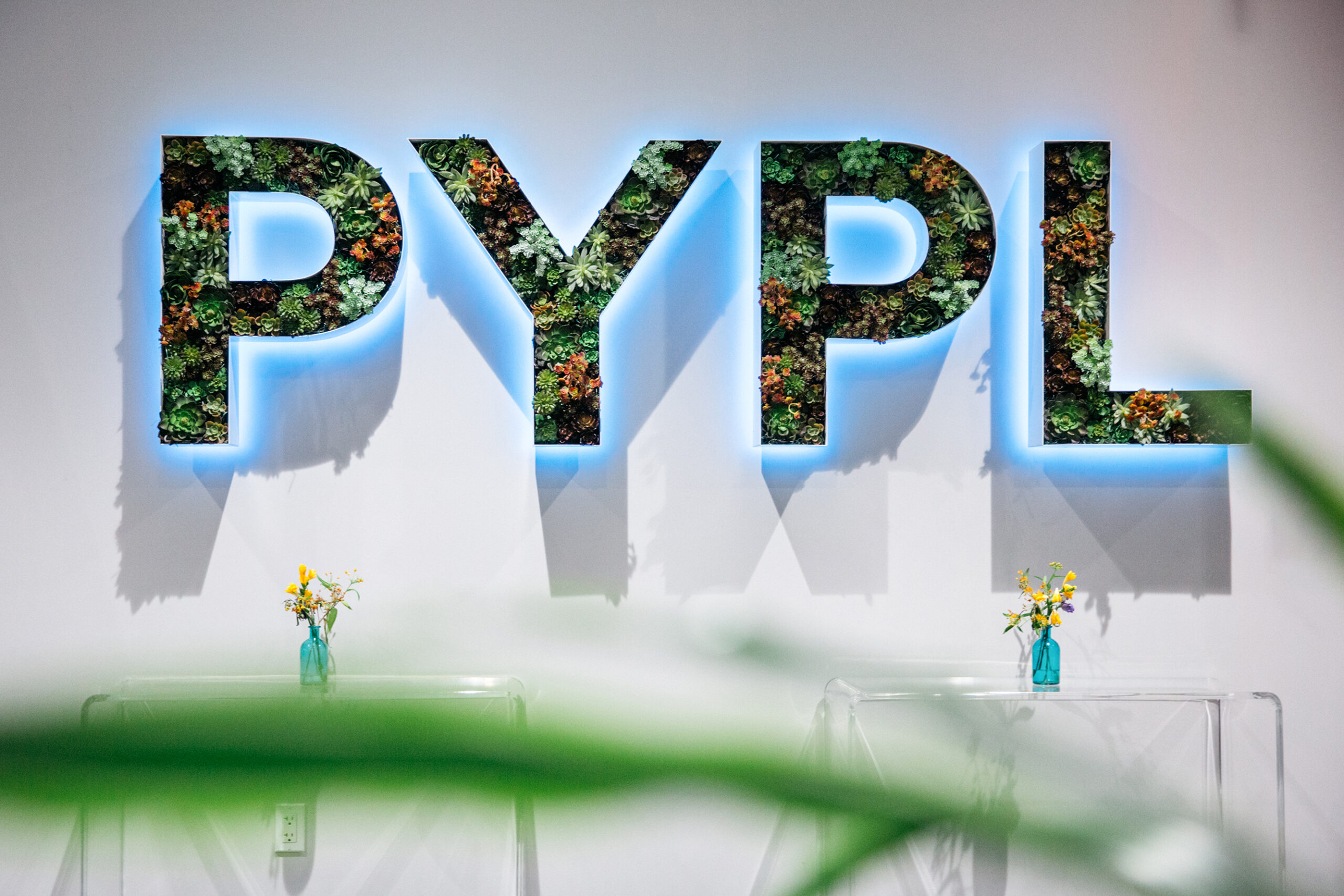
- Koverly is launching KoverlyPay, a new B2B BNPL tool.
- KoverlyPay offers businesses a 30-day extension on FX payments.
- Clients can use KoverlyPay to extend payments over four, eight, or 12 fixed weekly installments.
B2B payment tool Koverly is jumping on the buy now, pay later (BNPL) trend this week with the launch of its newest tool. The Massachusetts-based company unveiled KoverlyPay, a new B2B BNPL tool that offers a free, 30-day extension on FX payments.
Koverly clients can use KoverlyPay to extend payments over four, eight, or 12 fixed weekly installments. Businesses can apply for the financing using KoverlyPay, which is integrated into the point-of-sale, at checkout and receive a decision within 24 hours. Once a business is approved, they do not have to repay their purchase for the first 30 days. After the initial 30 days, for both FX and local payments, businesses pay as low as 1.5% interest per month.
“Inventory is the lifeblood for importing businesses, and it is directly impacted by cash flow,” said Koverly CEO Igor Ostrovsky. “Our KoverlyPay offering for FX transactions is designed to give businesses enough extra working capital to unlock at least one additional inventory turn per year. For a typical importing business, this can boost annual profitability by 50% to 100%. This is a game changer for global trade.”
As growth in the B2C BNPL space begins to slow, interest in B2B BNPL has seen growth. Melio, Allianz Trade, Yapily, and others have recently launched B2B BNPL tools. Banks have started implementing stricter small business lending practices, and we can expect to see small businesses pursue working capital via alternatives channels such as BNPL expand.
Koverly combines foreign exchange and credit into its invoicing, billpay, and accounting tools. The company, which currently processes $200 million a year in both domestic and international payments, launched global payment capabilities last summer. Today, global payments account for 50% of the company’s volume.
Since it was founded in 2021, Koverly has received $7.6 million in Seed funding from Vinyl Capital, One Way Ventures, and Accomplice.













